
Research interests: Human-wildlife conflict (patterns, intensity and determinants) and its effects on humans and wildlife.
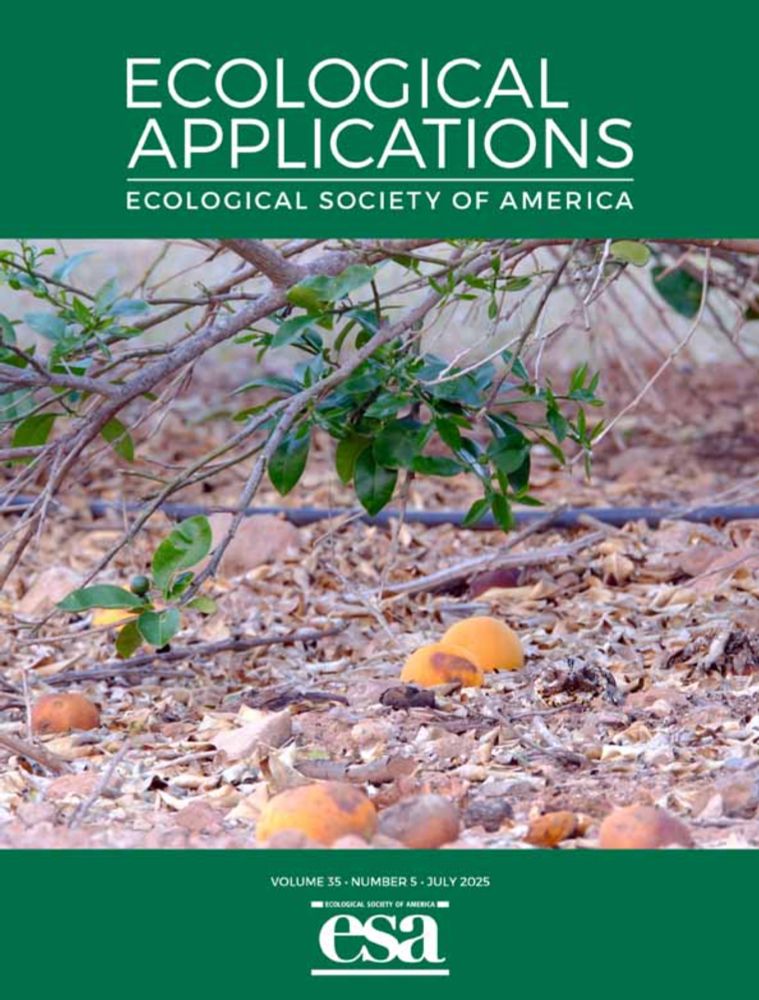
Our latest paper, along with @matthiasbaumann.bsky.social, @arashghoddousi.bsky.social, @tkuemmerle.bsky.social and others is now out!
esajournals.onlinelibrary.wiley.com/doi/10.1002/...
Neumann et al 2025
www.nature.com/articles/s41...

Neumann et al 2025
www.nature.com/articles/s41...
timesofindia.indiatimes.com/city/dehradu...

timesofindia.indiatimes.com/city/dehradu...
"Understanding multiple pathways of the impacts of socio-economic shocks on large carnivores" out now in People and Nature
-> besjournals.onlinelibrary.wiley.com/doi/10.1002/...
#newpaper #socio-economic #shocks #carnivores

"Understanding multiple pathways of the impacts of socio-economic shocks on large carnivores" out now in People and Nature
-> besjournals.onlinelibrary.wiley.com/doi/10.1002/...
#newpaper #socio-economic #shocks #carnivores
🔗 www.biodiversa.eu/2025/10/14/h...

🔗 www.biodiversa.eu/2025/10/14/h...

Our new article in Nature Reviews Biodiversity asks: What’s really driving the losses, and what can we do about it?
👉 rdcu.be/expy6 1/7

Our new article in Nature Reviews Biodiversity asks: What’s really driving the losses, and what can we do about it?
👉 rdcu.be/expy6 1/7
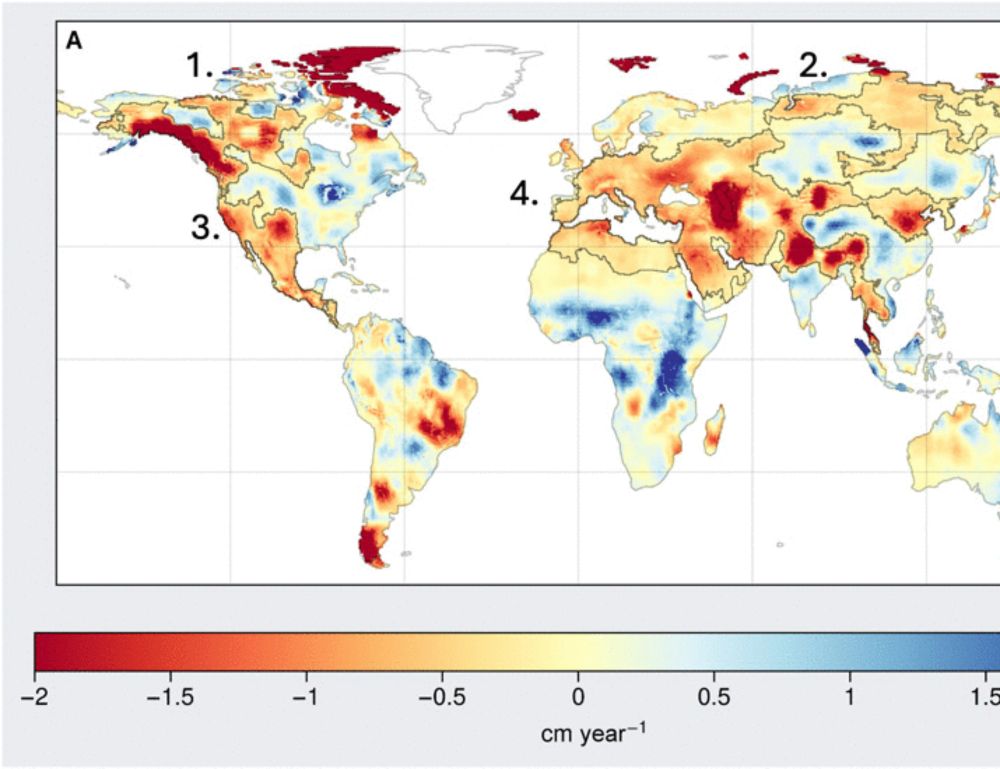
And they still charge you to publish and your library to read.
When are we going to start seriously thinking of alternatives to reform #PeerReview?
🧪 #SciPub #AcademicPublishing
Your open access fees fund corporate profit margins.
Profit margins for large academic publishers can far exceed those of household names like Amazon and Apple.
chart source: bit.ly/4leULKi
#scipub #academicsky
And they still charge you to publish and your library to read.
When are we going to start seriously thinking of alternatives to reform #PeerReview?
🧪 #SciPub #AcademicPublishing
Our latest paper, along with @matthiasbaumann.bsky.social, @arashghoddousi.bsky.social, @tkuemmerle.bsky.social and others is now out!
esajournals.onlinelibrary.wiley.com/doi/10.1002/...

Our latest paper, along with @matthiasbaumann.bsky.social, @arashghoddousi.bsky.social, @tkuemmerle.bsky.social and others is now out!
esajournals.onlinelibrary.wiley.com/doi/10.1002/...
New paper in Env. Research Letters on mapping cattle intensification from space - across South America's dry diagonal doi.org/10.1088/1748... @erc.europa.eu @matthiasbaumann.bsky.social @pedrofernandez91.bsky.social #SystemShift @biogeoberlin.bsky.social
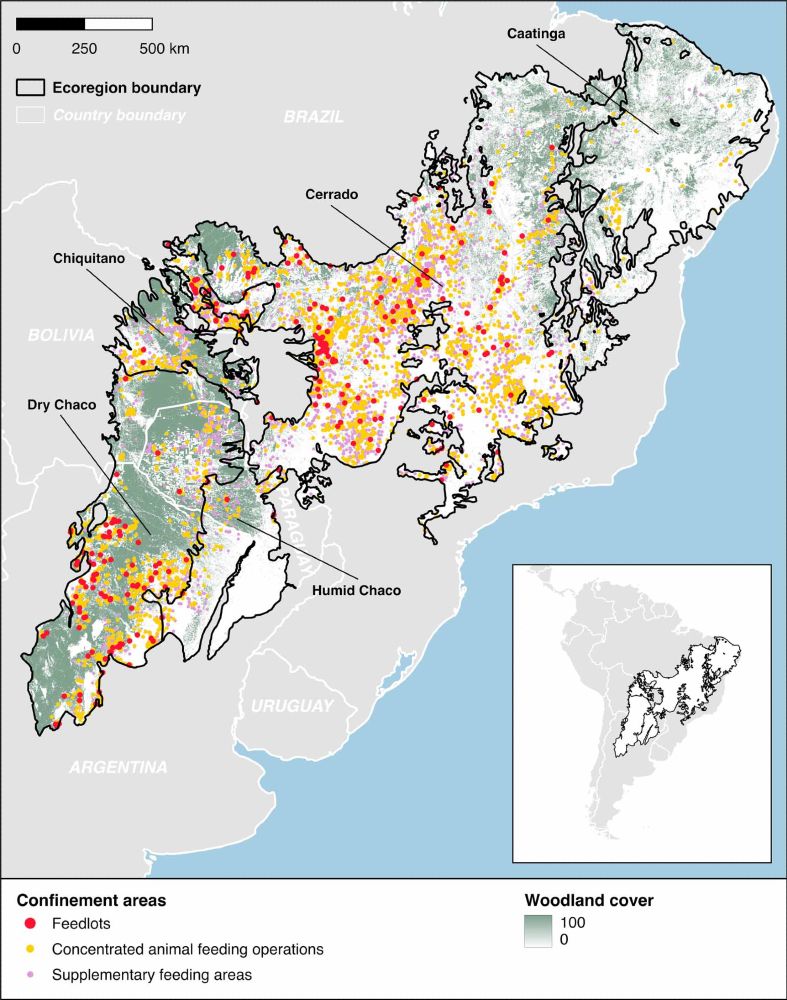
New paper in Env. Research Letters on mapping cattle intensification from space - across South America's dry diagonal doi.org/10.1088/1748... @erc.europa.eu @matthiasbaumann.bsky.social @pedrofernandez91.bsky.social #SystemShift @biogeoberlin.bsky.social
The Accelerating Exposure of European #ProtectedAreas to #ClimateChange
We measure climate velocity and magnitude in Europe, and estimate risk for #ProtectedAreas and species.
Paper and maps available OA
doi.org/10.1111/gcb.... @martacimatti.bsky.social

The Accelerating Exposure of European #ProtectedAreas to #ClimateChange
We measure climate velocity and magnitude in Europe, and estimate risk for #ProtectedAreas and species.
Paper and maps available OA
doi.org/10.1111/gcb.... @martacimatti.bsky.social
haushalt-und-personal.hu-berlin.de/de/personal/...
#newposition #phd

haushalt-und-personal.hu-berlin.de/de/personal/...
#newposition #phd
One of Africa’s largest protected areas has been shaken by a series of attacks by Islamic State-linked extremists, which have left at least 10 people dead. Conservationists in Niassa reserve,…

One of Africa’s largest protected areas has been shaken by a series of attacks by Islamic State-linked extremists, which have left at least 10 people dead. Conservationists in Niassa reserve,…
Web link: go.nature.com/3Hg5oNE
Readcube: rdcu.be/emQx2
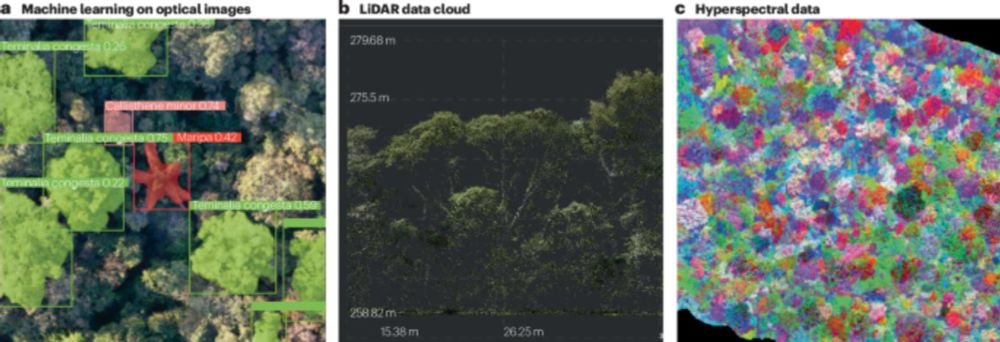
Web link: go.nature.com/3Hg5oNE
Readcube: rdcu.be/emQx2

#tropicalforests

#tropicalforests




@humboldtuni.bsky.social / @biogeoberlin.bsky.social

@humboldtuni.bsky.social / @biogeoberlin.bsky.social
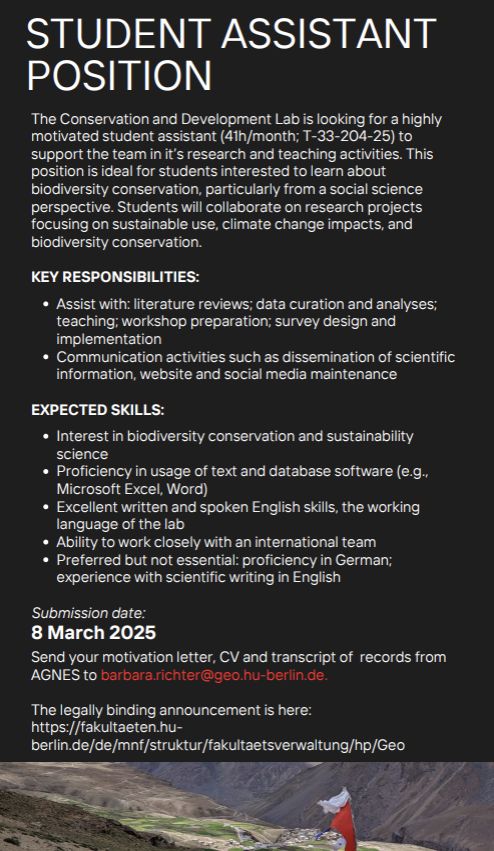
1. Women are credited less in science than men.
www.nature.com/articles/s41...
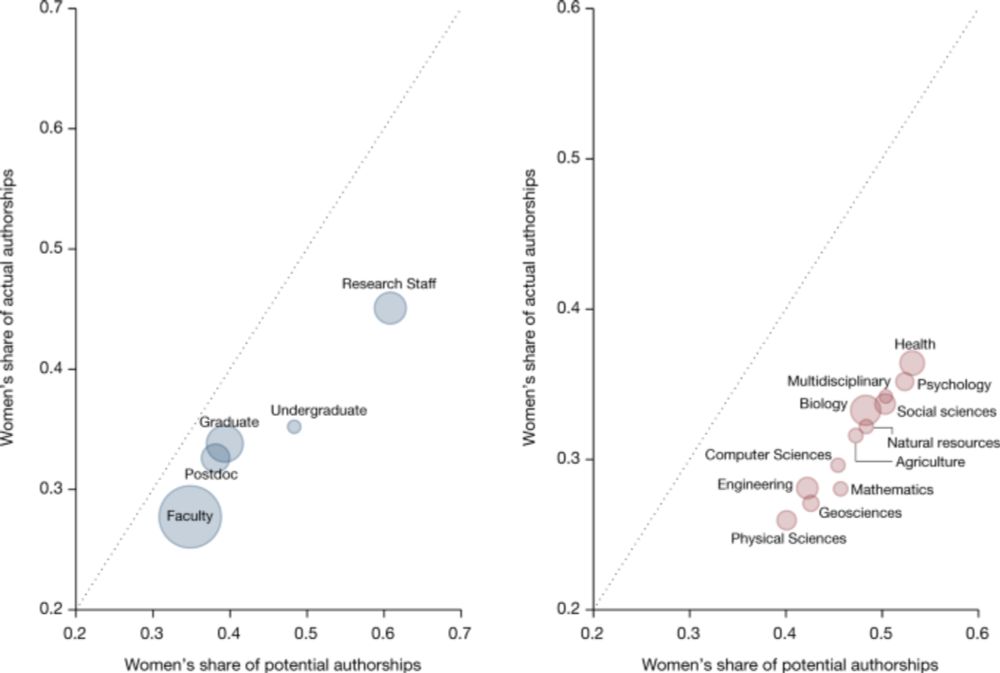
1. Women are credited less in science than men.
www.nature.com/articles/s41...
Protection, prey, peace, and prosperity have been key factors in the tiger recovery within India, according to a new Science study. Learn more in this week's issue: https://scim.ag/42yn5Ra
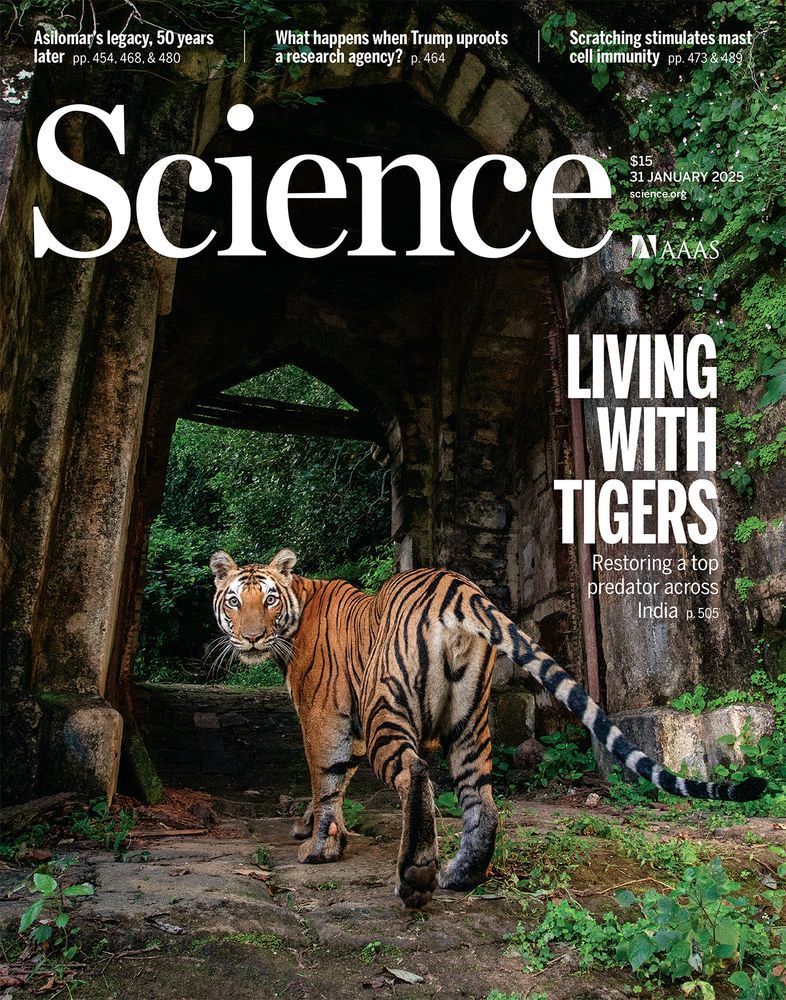
Protection, prey, peace, and prosperity have been key factors in the tiger recovery within India, according to a new Science study. Learn more in this week's issue: https://scim.ag/42yn5Ra


